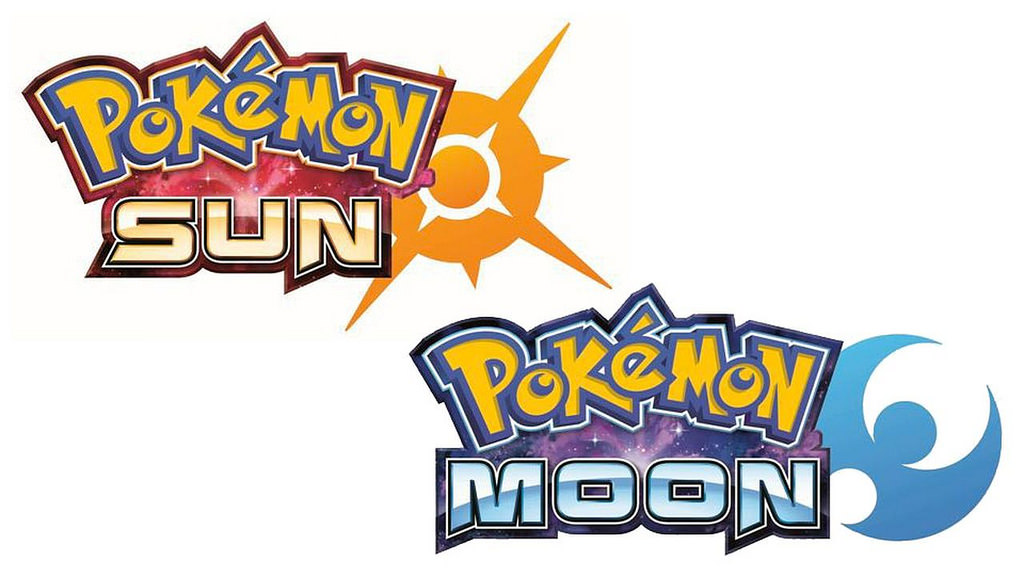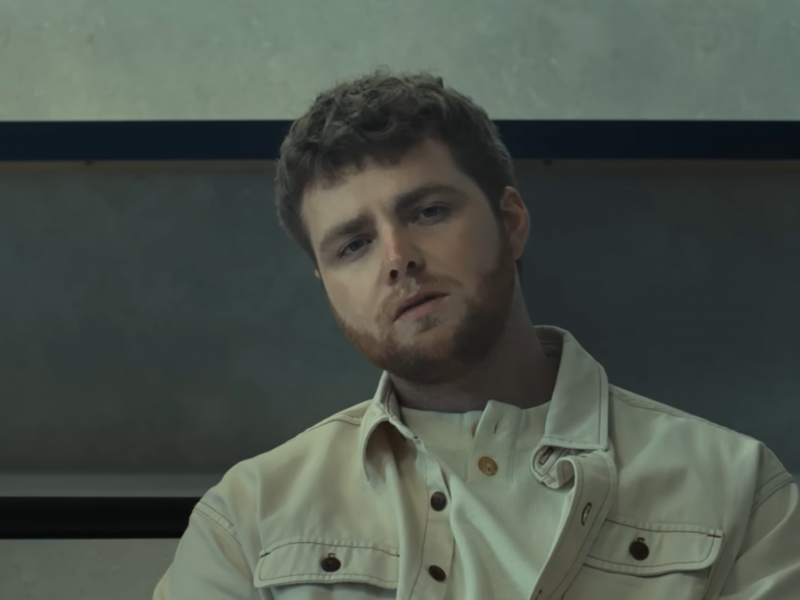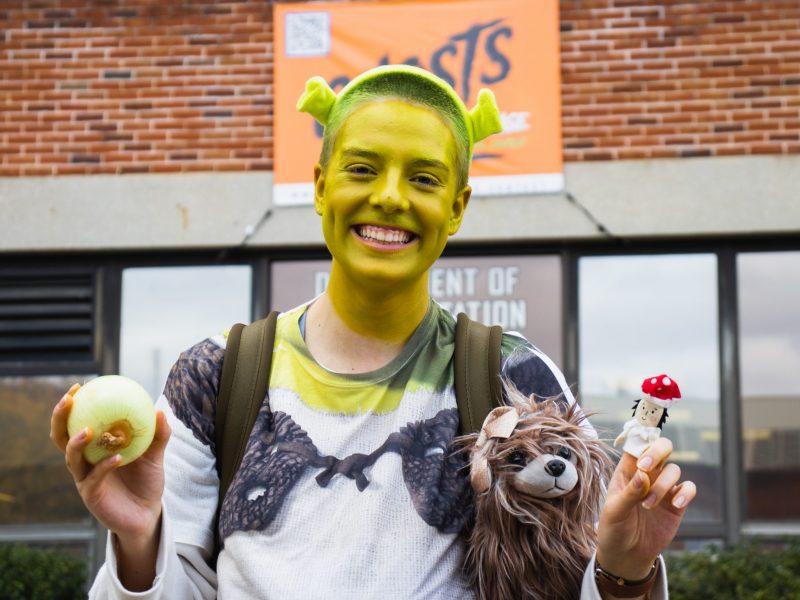On Nov. 18 in Japan, Australia, Canada and the Americas, Nintendo will release Pokémon Sun and Moon, a pair of games with a formula that has been recycled for the past 20 years.
Sales have been sharply fluctuating over the years, and in the past decade, they’ve been wavering around 12 to 15 million units. This is less than half of the series’ original releases, Pokémon Red, Green and Blue, which brought in about 47 million units.
And yet, the latest version of the series seems to be generating more buzz than any of its predecessors.
Yes, the internet has a completely different place in our culture than it did in 1996, when Red, Blue and Green were released. But my goodness, we have countless YouTube channels posting reaction videos to Sun and Moon trailers that are getting hundreds of thousands of views each.
These videos are sometimes 15 to 30 minutes long, meaning people are watching analyses that last, on average, about 10 times longer than the trailers themselves.
While reaction videos are their own strange section of the internet, the hype is overflowing to forums such as Reddit, Facebook and other social media platforms, as well as all sorts of video game blogs and websites.
I could talk about the nitty-gritty of mechanics changes such as burn damage dropping from 1/16 to 1/32 for Pokémon with Heatproof, the unapologetic nerfing of Gale Wings and the introduction of Z-moves. I could speculate on how Thunder Wave’s accuracy dropping to 90 percent could change the VCG and meta-game, but the general population doesn’t care about this. So why would these mechanic changes bring about so much excitement?
Therein lies the root of the changes in the Pokémon playing population over the years. If you are a half-hearted Pokémon fan, none of this shit matters to you, so you will probably just stick with replaying the games of your youth every few years, if that. But if you are a shameless Pokémon nerd, these changes captivate you.
The lukewarm Pokémon fan isn’t spending a couple hundred dollars on a new handheld game console and $40 on a new game cartridge to relive a similar adventure for the 10th time; the obsessive Pokémon fan, however, preorders them both and counts down the days until they are released.
Gone are the Pokémon moderates. The obsessed extremists — crazy enough to traverse route after route filled with mind-numbingly repetitive battles, and sacrifice sleep to defeat just one more trainer — now rule the fanbase.
These are the people who would spend time riding a virtual bicycle just to hatch a Pokémon with the perfect IVs. The people who would fight battle after monotonous battle in Omega Ruby’s Battle Resort.
By now, you likely have no idea what I’m talking about, which is exactly my point. Pokémon is extremely repetitive, but unlike Madden and FIFA, this has left passive fans tired of the same routine. The result is a customer base so thoroughly obsessed with the product Nintendo offers that they drool over every new scrap of information about Pokémon Sun and Moon released.
These radicals have allowed the Pokémon franchise to thrive, despite using the same framework for each new chapter in the series, and they do not care what you think of them. I know this because I am one of them.
We will uphold the customer base of this franchise. We are a legion, living for the next time we can reunite with our pocket monsters. After assimilating ourselves to the mainstream culture, we now live among you.
The hour of the Pokémon Go pretenders has passed. The Sun and Moon are rising as one, and soon we will come out of the shadows to claim our prize: a tiny plastic cartridge containing an overpriced, repetitive, tiresome game.
CORRECTION: Due to an editing error, a previous version of this story said sales for different games in the Pokémon series wavered between $12 and $15 million in the last decade. It was between 12 and 15 million units. It also said Pokémon Red, Green and Blue brought in $47 million. It was 47 million units. This story has been updated to reflect those changes.



